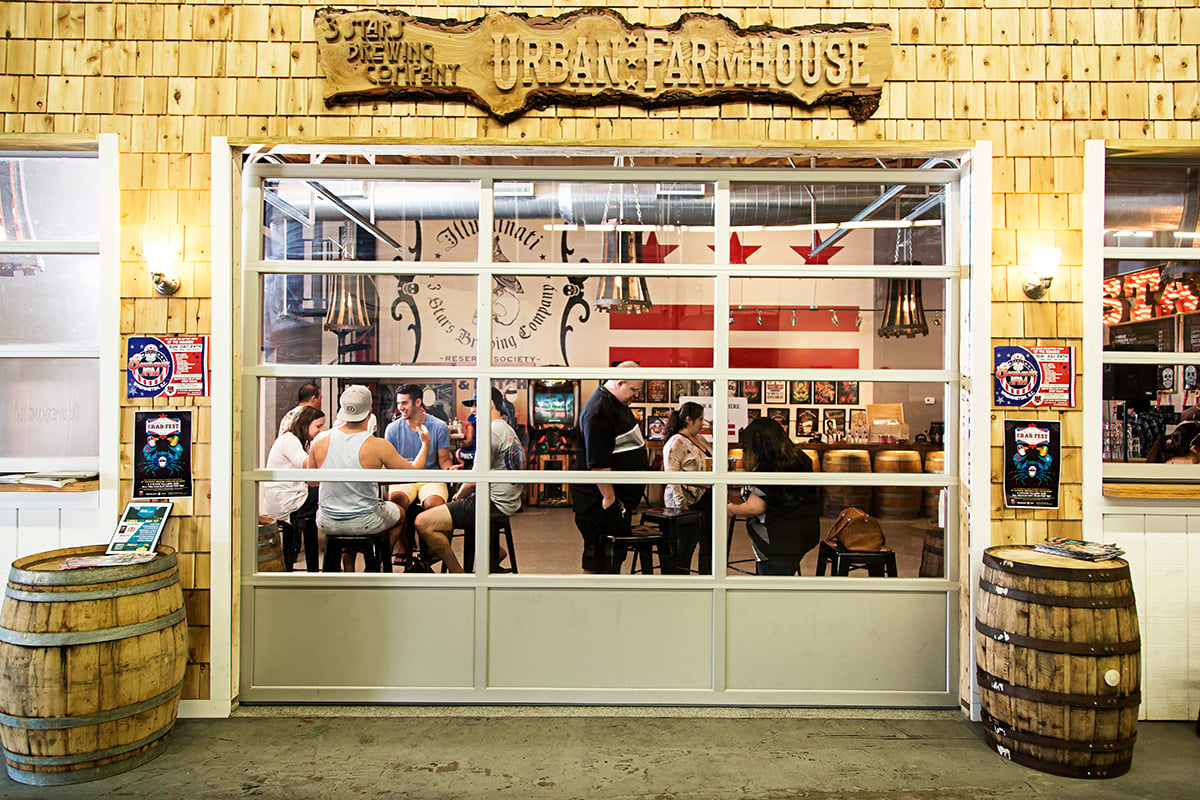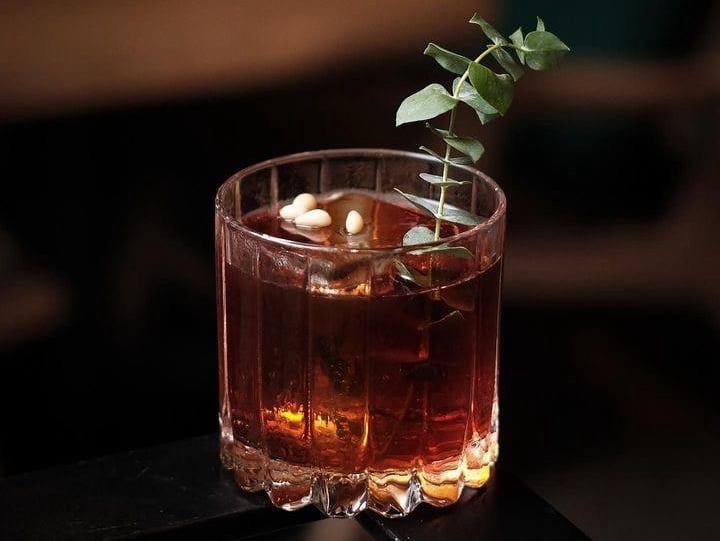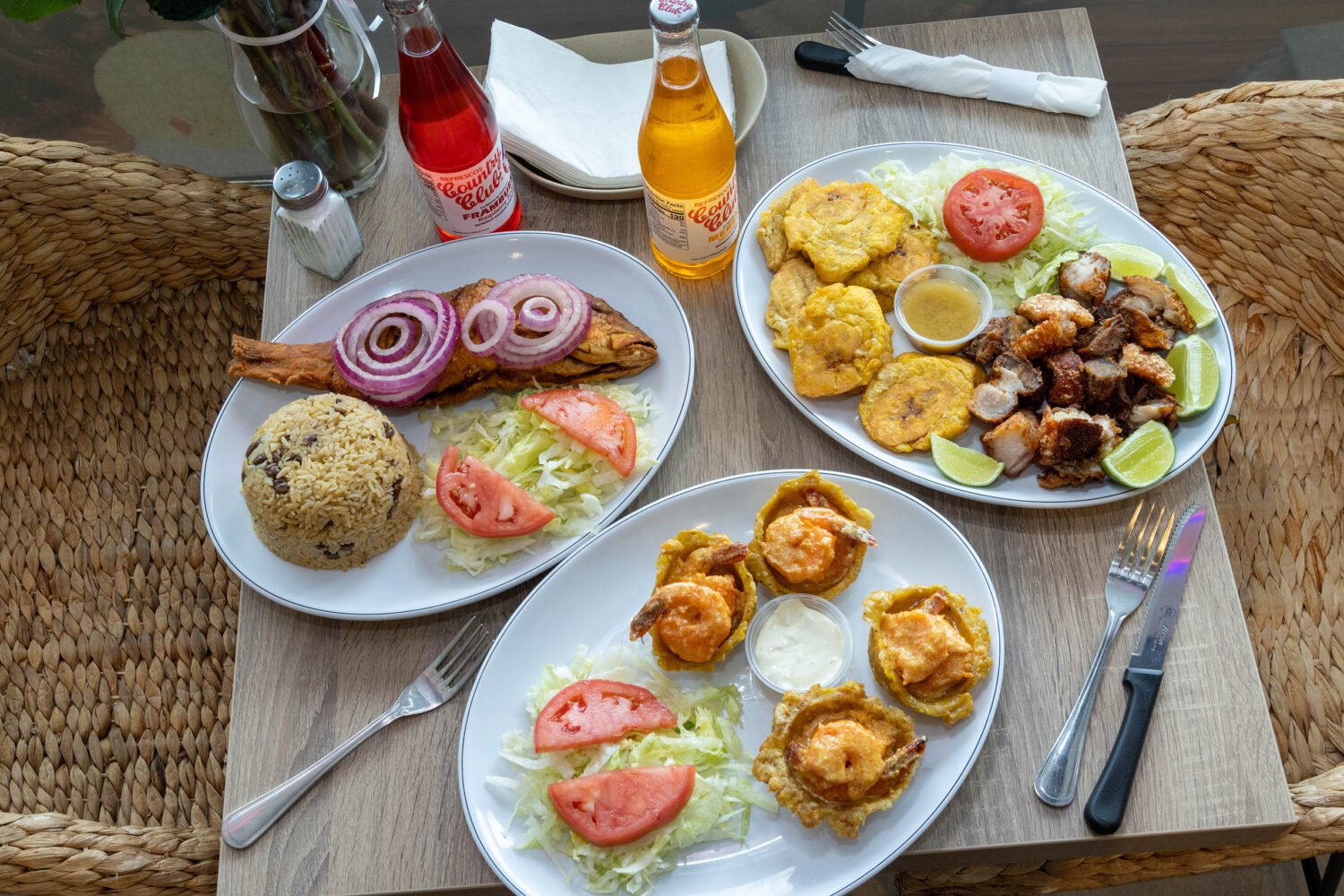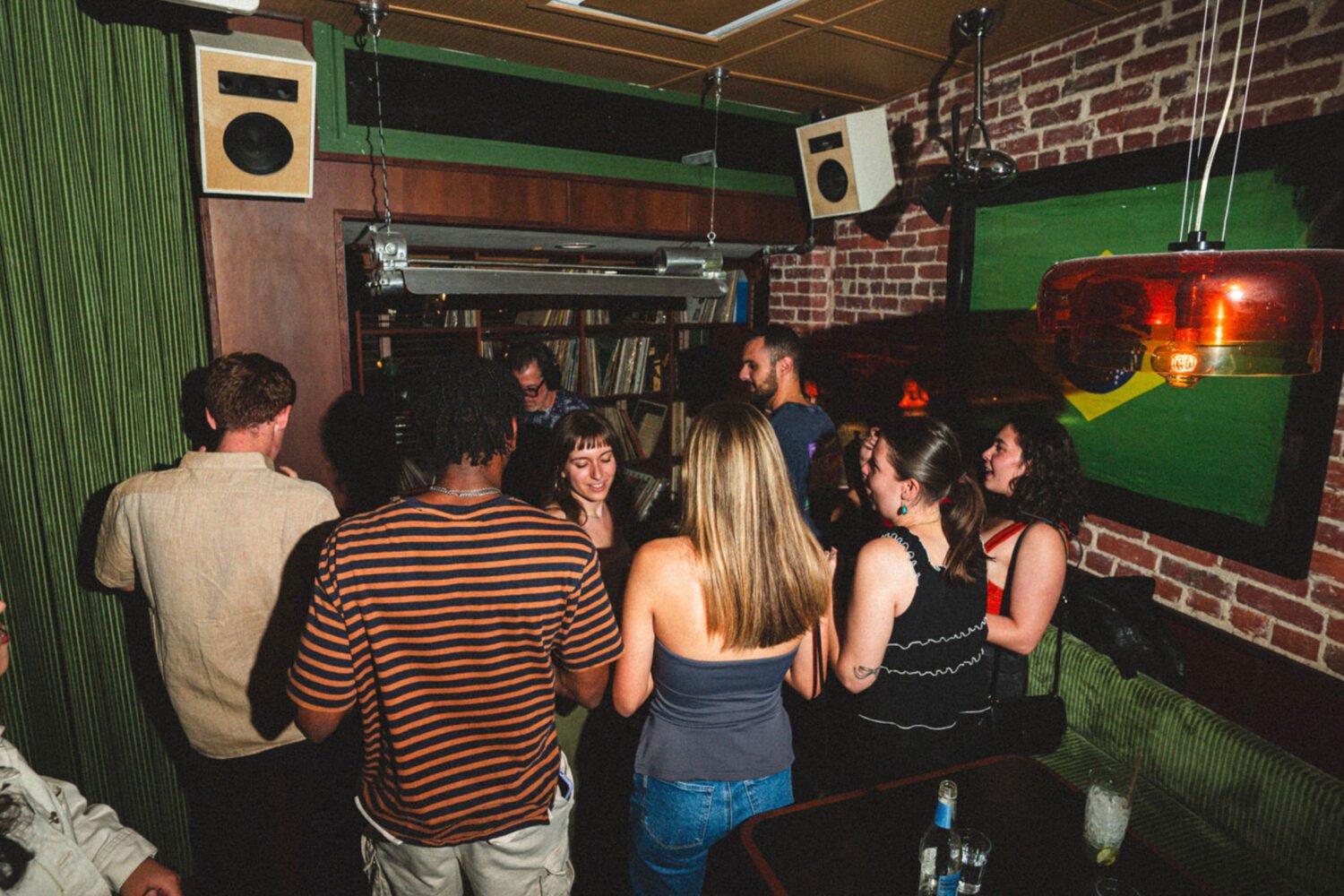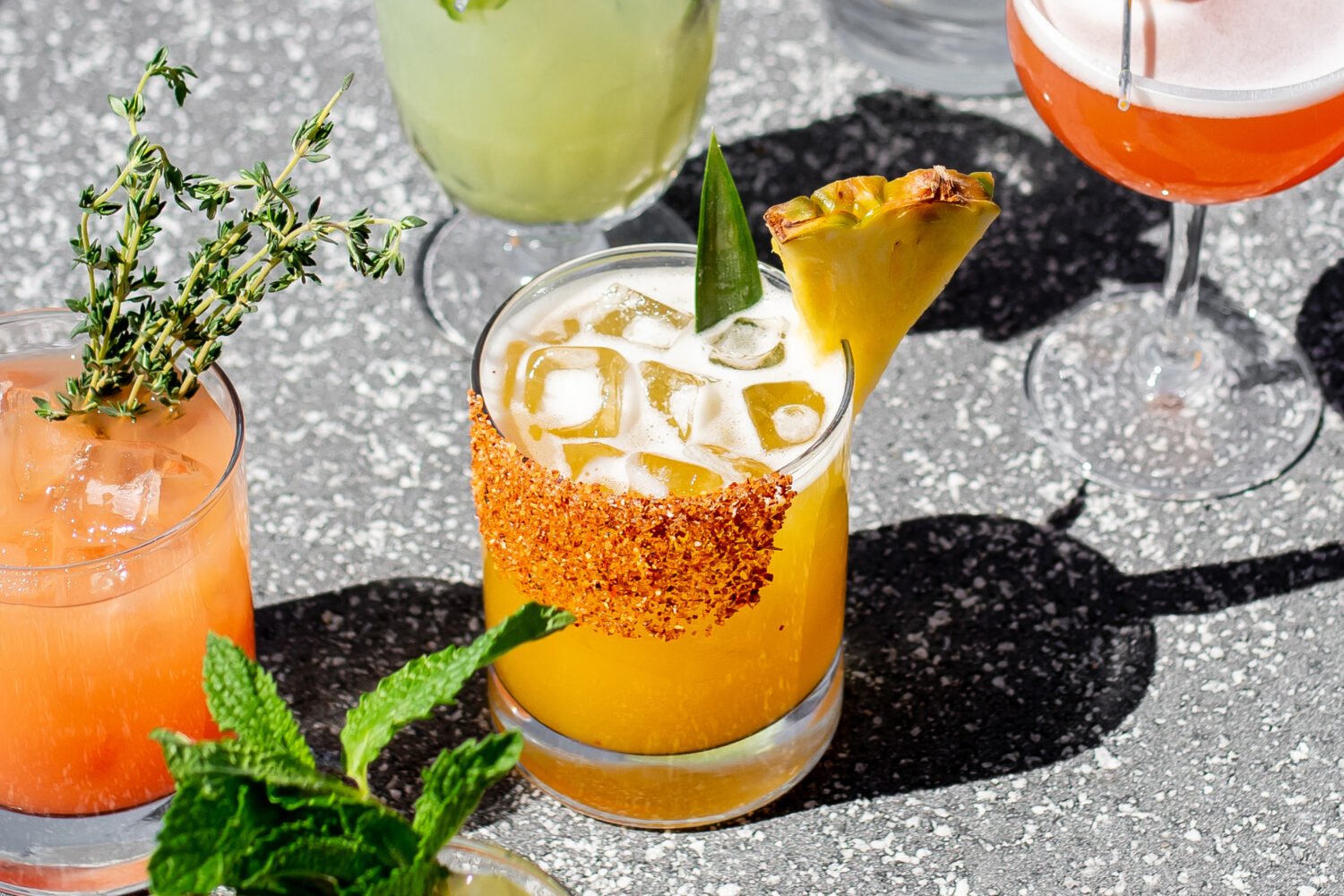Food: Our Global Kitchen,” one of the most exciting culinary exhibits to arrive in Washington, just opened this week at the National Geographic Museum (see our art preview from the October issue). The exhibit, on its fourth tour stop from the American Museum of Natural History in New York, examines five ways we engage with food: grow, cook, taste, eat, and celebrate.
Tickets are $11, whether you take a tour or wander through on your own time. If you like what you see, keep an eye out for special events surrounding the exhibit, such as a free Harvest Festival on October 25; From Farm to Table: A Photographer’s Journey on November 5; and EAT: The Story of Food with José Andrés on November 17.
Here are eight things you don’t want to miss in the current exhibit.
Learn to grow plants—even in a studio apartment—with the vertical gardens.
Discover alternative farming methods through this setup of live herbs and leafy greens, all grown through a hydroponic system. Instead of soil, the plants are housed in pots that are stacked vertically and linked through hydration tubes, so you can grow that herb garden you’ve dreamed of without crowding your apartment. The system makes a pretty great wall decoration to boot.
Take digital cooking classes.
Peer over the shoulders of chefs at their prep stations from table-top screens. You’ll watch closely as they walk you through step-by-step instructions on how to make hollandaise sauce, tamales, grilled salmon, and more, all while explaining the recipe and its origins.
Get a glimpse into dining rooms past.
Check out how Kublai Khan, Jane Austen, or Livia Drusilla (Caesar Augustus’s wife), would’ve thrown a dinner party in their day. Recreated dining room setups show what kind of spread they would’ve served guests, and descriptions of each menu item. Kublai Khan’s fish-heavy meal was pulled from an ancient royal cookbook, but who would have guessed that Austen loved ice cream?
Become a food photographer
Your artful plates or farmers market finds may be displayed in the exhibit if you submit photos with the hashtag #yourplate. Stations show recently tagged postings on social media.
Master the pepper heat index.
If you can’t tell the difference between bell and banana peppers, this chart lays out various capsicums according to the Scoville scale. You’ll learn which are safe for snacking, and which are real scorchers. Beware the small and wrinkly Moruga Scorpion, which is so hot it actually causes your mouth to blister.
Test your schnoz with the scent sprayers.
Think you know all the common kitchen smells? Interactive scent stations put your nostrils to the test. Press a button to release oil-infused sprays, which send aromas of thyme, lemon, and garlic your way. Warning: The “popcorn” flavored station smells more like an old movie theater than fresh, buttery goodness.
Taste treats.
A Whole Foods-sponsored kitchen lets your taste buds get in on the experience, with seasonal produce and treats up for sampling. Starting with apples, the lineup of edibles will rotate through a variety of foods every two weeks, from root vegetables in November to chocolate the week of Valentine’s Day.
Get a reality check.
Sad fact: 30 percent of food that’s produced in the United States never gets consumed. A pillar-like statue filled with food packages and produce puts a face to the problem, clocking in at 1,656 pounds—the amount of food that an American family of four tosses out each year. Bring the kids, and those vegetables may never go uneaten again.










